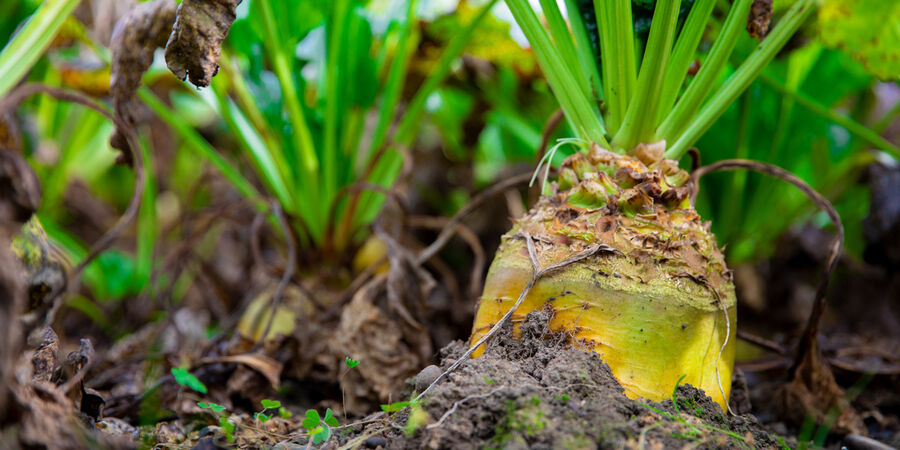
This autumn, Catalyst Performance Agronomy hosted a well-attended discussion focused on the intricacies of fodder beet grazing. With a line-up of expert guest speakers, the event provided valuable insights into best practices and emerging challenges in fodder beet management, particularly in Southland.
_______________________________________________________________________________________________
Drench Resistance: A Growing Concern in Southland
Rochelle Smith from Northern Southland Vets highlighted the escalating issue of drench resistance in farming systems. She emphasised the importance of regular testing to prevent resistance from taking hold. According to Rochelle, approximately one-third of Southland farms have confirmed drench resistance, another third are at risk, and the final third are unaware of their status.
To combat drench resistance, Rochelle outlined several on-farm strategies:
- Crop Rotation: Incorporating forage crops into rotations can reduce reliance on drench by lowering larvae intake. Cropping and re-grassing are effective in removing larvae from paddocks, leading to cleaner feed.
- Multispecies Grazing: Cross-grazing with different species, such as sheep and cattle, can be beneficial. Sheep and cattle share few parasites, and adult stock can help reduce larvae by consuming more than they expel.
- Grazing Management: Maintaining higher pasture covers helps reduce larvae uptake by animals, as parasitic larvae typically reside in the lower third of the pasture and topsoil.
- Paddock Selection: Limiting the number of paddocks animals return to post-drenching can minimise worm resistance across the farm.
- Genetic Breeding: Selecting and breeding stock with proven worm resistance can contribute to long-term solutions.
Rochelle also introduced the concept of Refugia, which involves keeping some susceptible worms in the animal population to prevent the development of resistance. This approach includes not blanket drenching all animals in a mob and strategically managing grazing to dilute resistant parasite populations.
_______________________________________________________________________________________________
The Role of the Resolution Farm Management App in Modern Farming
Henry Douglas and Paul Ruddenklau from Resolution highlighted the benefits of their Resolution app, which was developed 5-6 years ago to simplify farm data management. Initially agronomy-focused, the app has since evolved into a comprehensive tool for farmers to record and store everyday data, ensuring centralised data storage and staff accountability.
The app, which is cloud-based and offers easy navigation, comes with a setup fee followed by an annual subscription. It was designed to add value to farming systems by providing a streamlined way to manage information, making it a vital tool in the modern farming landscape.
Find out more about the Resolution Farm Management app here.
_______________________________________________________________________________________________
Dr Jim Gibbs on Fodder Beet Agronomy
Dr Jim Gibbs, a respected expert from Lincoln University, shared his extensive research on fodder beet, a crop that has significantly evolved over the past 15 years. Initially, agronomic practices for fodder beet were adapted from sugar beet data, which was not entirely suitable for grazing systems.
Dr Gibbs explained that sugar beet research focused on maintaining low crude protein levels in the bulb, which contrasts with the needs of grazing systems. Fodder beet requires higher nitrogen inputs to increase the proportion of leaf and crude protein content, making it more suitable for grazing. He cited a recent Lincoln University study that assessed 123 farms across the South Island, revealing critical insights into nitrogen content and its impact on fodder beet yields.
One of the key points Dr Gibbs emphasised was the need to replace nitrogen in the soil to maintain crop yields. He warned that failing to do so could lead to depleted nitrogen levels and reduced yields, a trend already observed on more intensive properties.
Dr Gibbs also discussed the importance of sodium in fodder beet production. Trials have shown that applying sodium chloride to fodder beet crops can significantly improve yield and palatability for livestock. He recommended careful management of sodium application rates to maximise benefits without harming the crop.
Moreover, Dr Gibbs provided detailed guidance on row spacing, plant population, and feeding practices to optimise fodder beet production. He stressed the importance of transitioning livestock to fodder beet diets gradually to prevent acidosis, a common issue when animals are introduced to high-sugar diets too quickly.
_______________________________________________________________________________________________
Catalyst Fodder Beet Transition Guide
Catalyst Performance Agronomy has developed a transition guide to help farmers effectively integrate fodder beet into their livestock's diet:
- R2 & Mixed Aged Cattle: Transition over 14-21 days, starting with 1kg DM/day of fodder beet and 8kg DM of supplement or pasture. Gradually increase fodder beet allowance and reduce supplement allocation.
- R1 Calves: Begin with 0.5kg DM of fodder beet and 4.5kg of quality supplement or pasture. Increase fodder beet allocation every 2-3 days until calves can be fed ad lib fodder beet with a small amount of supplement.
- Sheep: Transition over a week, ensuring sheep are full before introducing them to the crop. Provide quality baleage, and shift breaks daily to balance bulb and leaf consumption.
- Deer: Gradually introduce deer to the crop by running them on and off for two hours daily for a week before allowing full access. Ensure they are full of baleage or pasture before feeding the crop.
This detailed transition guide is designed to ensure the health and productivity of livestock during the integration of fodder beet into their diet.
_______________________________________________________________________________________________
The Catalyst Performance Agronomy Southland Fodder Beet Discussion was a resounding success, offering attendees a wealth of knowledge from industry experts. As farming systems continue to evolve, events like these play a crucial role in sharing the latest research and best practices to ensure the sustainability and profitability of New Zealand agriculture.